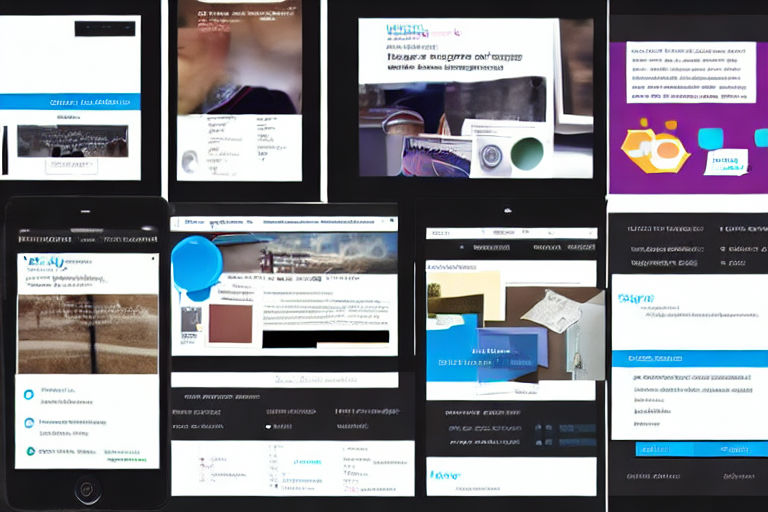The Ultimate Guide to Writing a Business Plan That Gets Funded
A business plan is a vital document that outlines your business goals, strategies, and financial projections. It serves as a roadmap for your business, guiding you through the process of achieving your objectives. More importantly, it's a crucial tool for attracting investors and securing funding. But crafting a compelling business plan that resonates with potential funders is no easy feat.
Why a Business Plan is Crucial for Funding
- Provides a clear vision: A well-structured business plan articulates your business model, target market, and value proposition, giving investors a comprehensive understanding of your vision.
- Demonstrates market viability: By conducting thorough market research, you showcase the potential for success in your chosen industry, addressing concerns about market demand and competition.
- Highlights your expertise: A detailed plan demonstrates your understanding of the industry, your team's capabilities, and your commitment to building a successful business.
- Outlines financial projections: Investors rely on accurate financial projections to assess the potential for return on their investment. A strong financial plan builds confidence in your business's future profitability.
Key Elements of a Funding-Ready Business Plan
1. Executive Summary
This is the most critical section, serving as a concise overview of your business plan. Keep it brief (usually no more than 2 pages) and compelling, highlighting your unique selling proposition and projected financial success. It should grab the reader's attention and make them eager to learn more.
2. Company Description
Expand on your business concept, providing a detailed explanation of your products or services, your target market, and your competitive advantage. This section should clearly articulate what makes your business unique and why you believe it will succeed.
3. Market Analysis
This section dives deeper into your target market, outlining industry trends, market size, growth potential, and competitive landscape. Back up your claims with data and research to demonstrate your understanding of the market and your ability to navigate its complexities.
4. Marketing and Sales Strategy
Detail your approach to reaching your target market, including your marketing channels, sales tactics, and pricing strategy. Showcase how you will generate demand for your products or services and drive profitable growth.
5. Operations Plan
Outline your operational structure, including your team, production processes, supply chain, and any relevant infrastructure. Demonstrate efficiency and scalability in your operations, ensuring you can meet demand as your business expands.
6. Management Team
Introduce your key personnel, highlighting their experience, qualifications, and relevant skills. Showcase the team's expertise and their ability to execute your vision and navigate challenges.
7. Financial Projections
This section is crucial for investors. Provide a detailed financial forecast, including revenue projections, profit margins, and cash flow statements. Ensure these projections are realistic, supported by data, and clearly explain your financial assumptions.
8. Funding Request
Clearly state your funding needs, outlining how you plan to use the investment capital. Explain how the funds will be allocated to specific initiatives and their impact on your business growth.
9. Appendix
Include any supporting documents that further solidify your business plan, such as market research reports, customer testimonials, or financial statements.
Tips for Writing a Winning Business Plan
- Know your audience: Understand the perspectives and expectations of potential investors. Research their investment criteria and tailor your plan to address their specific interests.
- Keep it concise and clear: Use simple language, avoid jargon, and focus on conveying your key messages effectively.
- Focus on the future: While addressing your current situation is important, prioritize showcasing your growth potential and how you will achieve your vision.
- Be realistic and transparent: Acknowledge challenges and risks, but also highlight your strategies for mitigating them. Transparency fosters trust and credibility.
- Get feedback and revise: Share your draft with trusted advisors, mentors, or industry experts to obtain valuable feedback and refine your plan.
Conclusion
A well-crafted business plan is a powerful tool for securing funding and launching your business. By following these guidelines, you can create a compelling document that captivates investors and provides a clear roadmap for your journey to success. Remember, a strong business plan is not just about outlining your ideas; it's about demonstrating your ability to execute your vision and build a sustainable and profitable business.



